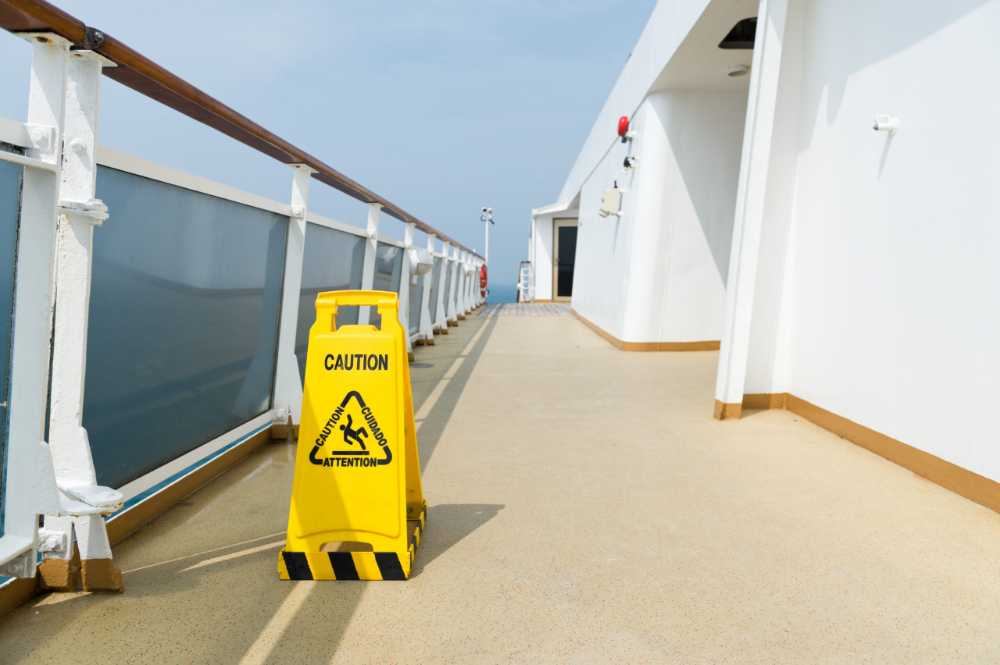Many people sustain a broken hip or pelvis when they experience a slip and fall accident or a car crash. These fractures are severe injuries that can cause a person to lose mobility and the ability to lead an active life.
If someone else’s negligence caused you to break your hip or pelvis in a slip and fall or another accident, a Miami broken hips or pelvis lawyer at Chalik & Chalik Injury Lawyers could help you seek compensation from the responsible party. You did not ask to get hurt, and you should not have to bear the financial losses.
You can call us today at (305) 944-2035 to get started. The initial consultation is free, and there is no obligation.
Causes of Broken Hips or Pelvis Fractures
In a younger person with healthy, strong bones, it can take a significant impact like a car crash, to fracture a hip or pelvis. As we get older, it is easier to break these bones.
A slip and fall accident at a restaurant, store, or another location can lead to broken hips or pelvis. In these situations, the owner of the property can be responsible for your losses if the owner’s negligence caused the fall.
People who live in nursing homes can sustain broken hips or a fractured pelvis from fall accidents. The nursing home could be liable for a person’s injuries if inadequate staffing, unresponsive patient care, or other substandard conditions led to the person falling.
Symptoms of Hip Fractures
The Mayo Clinic says that you might have a hip fracture if you have any of these signs:
- You cannot walk or get up after a fall.
- Your leg turns outward on the side of your fracture.
- Your hip area has swelling and discoloration.
- You cannot put weight on the leg connected to the injured hip.
- You have severe pain in the area of the injury.
- The leg connected to the broken hip looks shorter than your other leg.
You should get immediate medical treatment if you have any of these symptoms after a slip and fall or another accident.
Symptoms of a Pelvic Fracture
According to the American Academy of Orthopaedic Surgeons (AAOS), a person with a pelvic fracture might experience some or all of these indications:
- Pain that gets worse if the injured person tries to walk or move the hip
- Swelling in the hip region
- Discoloration of the area
Many patients find that remaining in a specific position can help avoid or minimize some of the discomfort.
Treatment for a Broken Hip or Pelvis
A person with an “open” hip or pelvic fracture needs immediate treatment to prevent infection. In these situations, both the fractured bone and the surrounding wound are at risk of infection. Bone fragments pierce through the skin when a person has an open fracture.
The Cleveland Clinic says that hip fractures often lead to hip replacement surgery, in which the surgeon replaces the broken bone with an artificial hip prosthesis. Surgical options include total hip replacement, partial hip replacement, or internal repair that uses metal screws to hold the broken bone together while it heals itself. Some patients need to have a metal plate to stabilize the femur in addition to screws.
A person with a stable, closed pelvic fracture might be able to heal without the need for surgery if there is little or no bone displacement. It might be necessary to avoid placing weight on the leg connected to the injured area of the pelvis for as long as three months. Crutches, a walker, or a wheelchair can help avoid weight-bearing. The treating physician might prescribe pain medication. Blood thinners might be appropriate to prevent blood clots.
When a patient has an unstable pelvic fracture, the surgeon might use a surgical technique called external fixation. In this surgery, metal bars outside of the body get attached to pins and screws inserted into the bones to hold the fractured pelvis in the correct position during the healing process.
Some patients require skeletal traction to move their bones back into proper position. Another operation involves repositioning the bone fragments and holding the pelvis together using screws or metal plates internally.
Patients who have surgical repair of a hip or pelvic fracture face a long rehabilitation period involving extensive physical therapy. A therapist will help the patient become as independent as possible.
Complications of Pelvic or Hip Fractures
Adverse outcomes during the treatment process can include infection, blood clots, pulmonary embolism, damaged blood vessels and nerves, internal organ damage, severe bleeding, and insufficient wound healing.
After completing the treatments for either type of fracture, most patients are less mobile and physically active than before. Many patients experience chronic pain and impaired sexual function. Some people can no longer live independently after a hip or pelvic fracture. People often get discharged straight from the hospital to a nursing home.
If you experienced one or more of these fractures from a slip and fall due to a cluttered walking space or another type of accident, a Miami broken hips or pelvis lawyer can evaluate your case and let you know if someone else has legal liability for your injuries. You can call Chalik & Chalik Injury Lawyers today at (305) 944-2035 to get started.
You do not want to delay in seeking legal help with your claim. Our state gives you very little time to file a lawsuit seeking compensation for personal injury. If you miss the deadline, you can lose the right to hold the responsible party liable.
Contact the Office of a Miami Broken Hips or Pelvis Attorney Today
If you want a relatable and personally responsive Miami Broken Hips or Pelvis Lawyer, you can call Chalik & Chalik Injury Lawyers. We treat our clients like family.
We handle personal injury cases on a contingent fee basis. With this arrangement, you do not pay upfront legal fees. We get paid from the settlement proceeds or award at the end of the matter.
We are happy to provide the initial consultation at no cost. You can call us today at (305) 944-2035 for a free case evaluation. There is no obligation.



